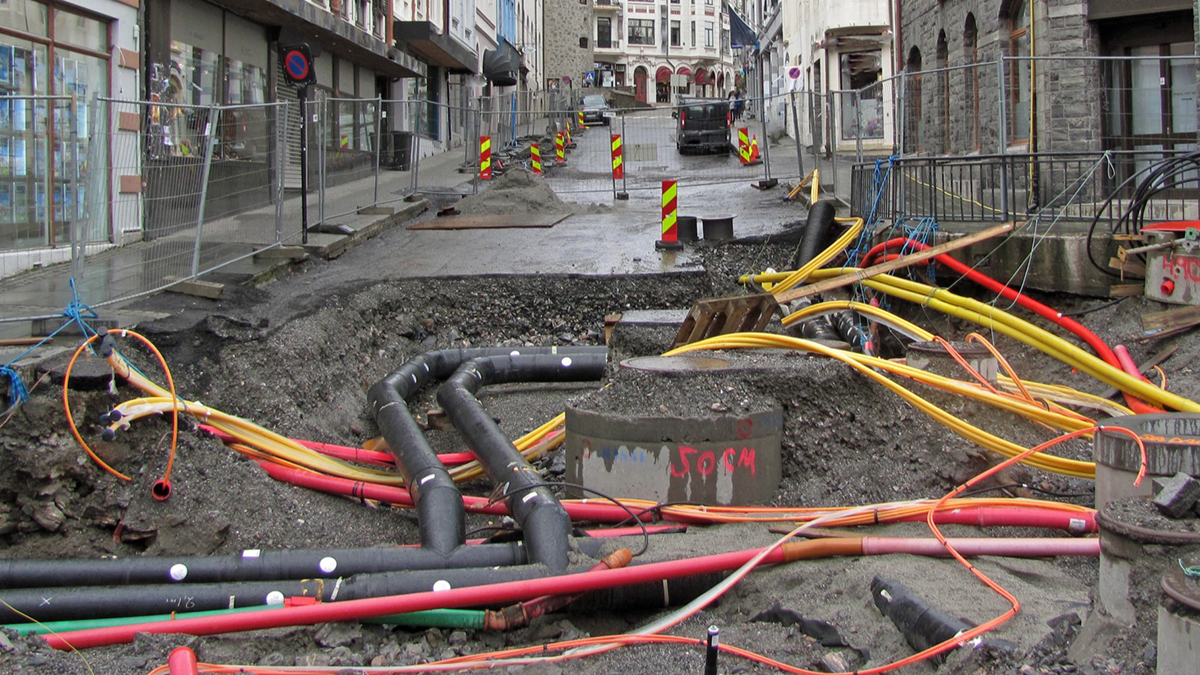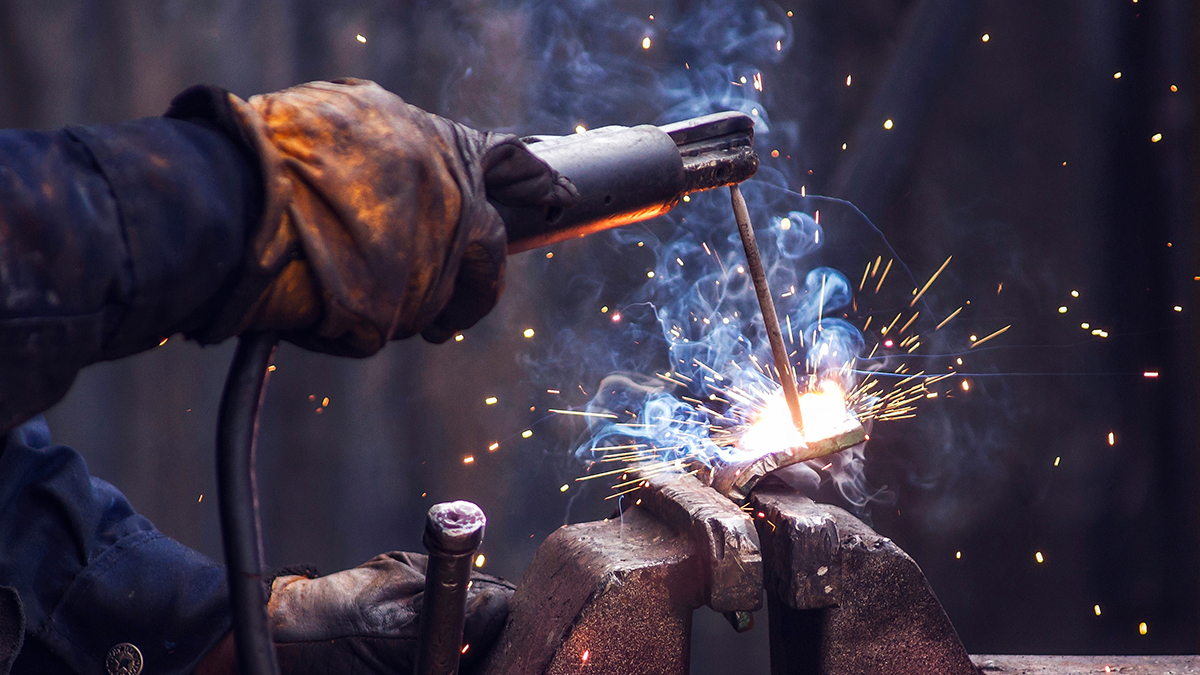A naturally occurring radioactive gas, radon can affect all kinds of properties. It is colorless…

Digging Safely
As with all aspects of construction work, when digging safely it is important to make sure the whole process is as safe as possible for everyone concerned and to do that we must understand the risks that we take on when digging. Risks from equipment are obvious, and on-site safety procedures take care of that aspect of the dig, but there is another area of risk when digging, and that is that we don’t always know what is underneath us in any location.
Today the country is crisscrossed with underground pipelines, most of them are part of our utility systems, and each presents a danger of its own. From electrical power lines and lighting cables to gas and oil pipes, sewers and drain lines, and even petroleum and gas lines in some situations, all present real danger to operators, those on the site, and the general public should they be damaged.
It is not just danger of course, while the immediate issues of cutting a power line for the operator are clear, there is also the problem for possibly thousands of people it can affect, something else to be avoided too. But, without starting digging, the question is, how do you know what you will find once your digging starts?
The good news is that there is a nationwide initiative to combat this, known as “call before you dig”, in fact, it is a legal requirement to call the service before digging. While a national service, each state runs its own version, accessing it involves dialing a state code plus 811, and you can quickly find the state code for your site online. Contractors should call 2 to 10 days before work starts, giving the location and details. Outline the area of the dig in white paint to show the utility company the affected area. The call center will pass the information to the appropriate utility companies, who will mark lines in that area for you.
Markings follow a standard color code as follows:
- Red – Electric power lines, cables, conduit, and lighting cables
- Orange – Telecommunication, alarm or signal lines, cables, or conduit
- Yellow – Natural gas, oil, steam, petroleum, or other gaseous or flammable material
- Green – Sewers and drain lines
- Blue – Portable (drinkable) water
- Purple – Reclaimed water, irrigation, and slurry lines
- White – Proposed excavation limits or route
Once the lines have been marked, you must then confirm with the service that the lines have been accurately located. How you confirm does vary little from state to state, so check with your local center for the exact process.
You can call for a remark should the loss of marking be unavoidable during the project, part of a contractor’s legal requirement is to maintain the marks throughout the project’s life, and with the lines carefully marked, the dig can continue safely, avoiding problems and reducing risks.




This Post Has 0 Comments